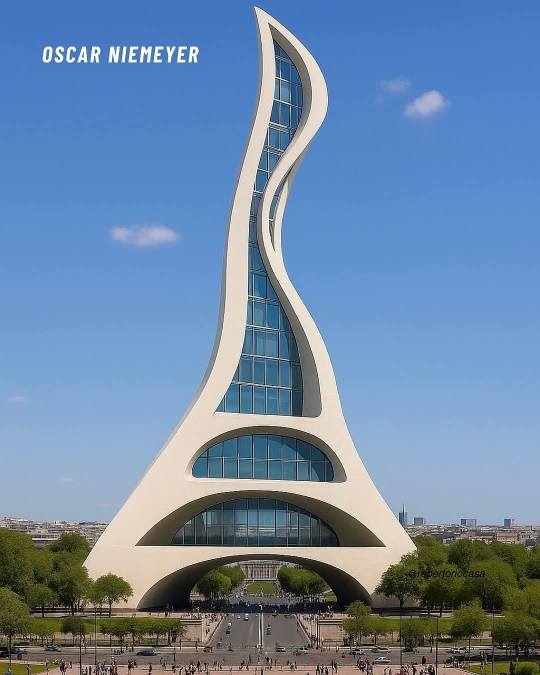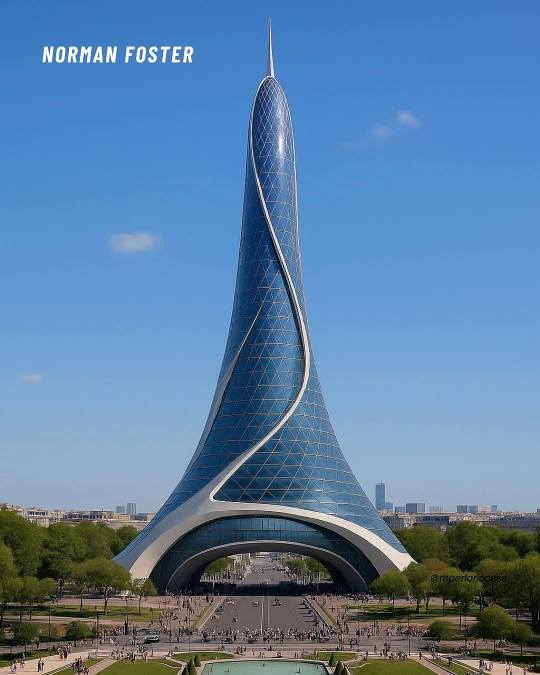Photo









New Paper Textured Editorial Illustrations by Eiko Ojala
668 notes
·
View notes
Text



Publicity photos of David Bowie, Susan Sarandon and Catherine Deneuve for THE HUNGER (1983).
3K notes
·
View notes
Text



Arthouse Muppets
Midsommar
Art by Bruce McCorkindale
165 notes
·
View notes
Text
I can understand how "modern person thrown into the past gets by pretending to be a healer/doctor" is as surprisingly common of a trope as it is. I mean I'm fluent enough at bullshitting to be pretty sure I could pull it off to impersonate a doctor in any time pre-1800s. If I have no idea what something is or how to treat it, I could just get the opinion of the other whatever-passes-as-medical-professionals around, but if their suggestions sound like bullshit I'm not doing it. And I'll beat the shit out of anyone suggesting bloodletting or mercury. With my healing stick. I've tied little bells on it, that jingle comically with every smack.
The awesome curative powers of my healing stick come from two separate sources: Placebo, and me using it to beat anyone trying to give my patients mercury.
51K notes
·
View notes
Text

Tsuneo Iwasaki (1917-2002) — Hydrogen Atom [ink, colour, japanese calligraphy, panel, 1990s]
2K notes
·
View notes
Text

'Rebirth' by Nigel Suckling. (1970 East Totem West)
528 notes
·
View notes
Photo

Vasily Kandinsky
Circles in a Circle, 1923, oil on canvas, 98.7 x 95.6 cm, Philadelphia Museum of Art.
For Kandinsky, the circle, the most elementary of forms, had symbolic, cosmic significance. He wrote that “the circle is the synthesis of the greatest oppositions. It combines the concentric and the excentric in a single form, and in balance.” In a letter of 1931, he described Circles in a Circle as “the first picture of mine to bring the theme of circles to the foreground.”
146 notes
·
View notes
Photo

Jessie Arms Botke (1883-1971), White Peacocks and Cherry Blossoms, 1926
3K notes
·
View notes
Photo

Oleg Grosse (Russian, 1932-1991) Girl in a Beige Dress
172 notes
·
View notes



















